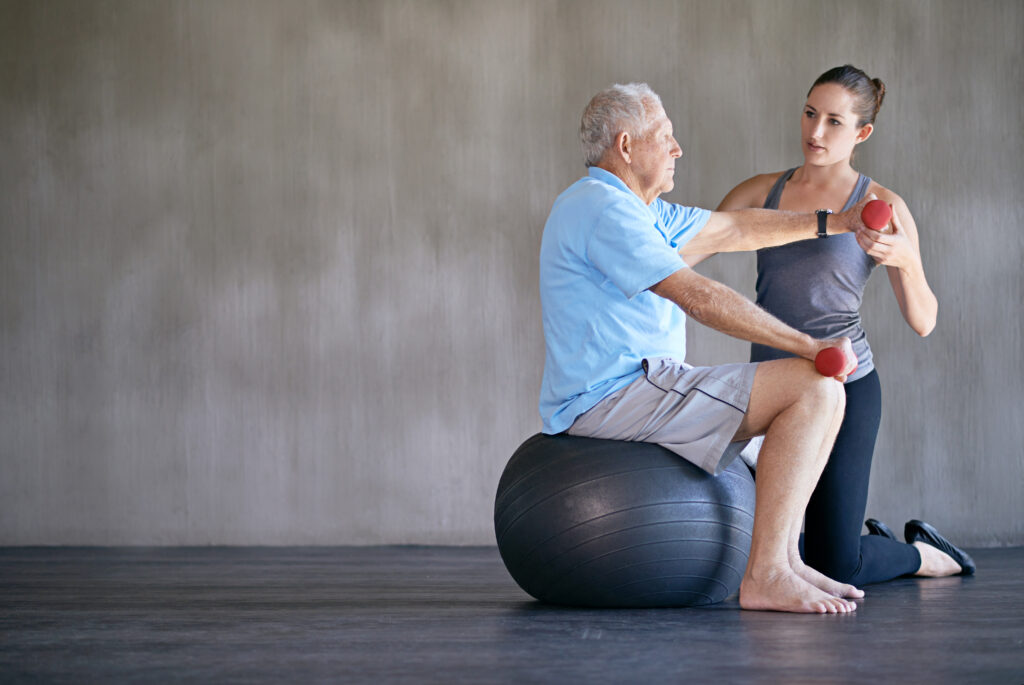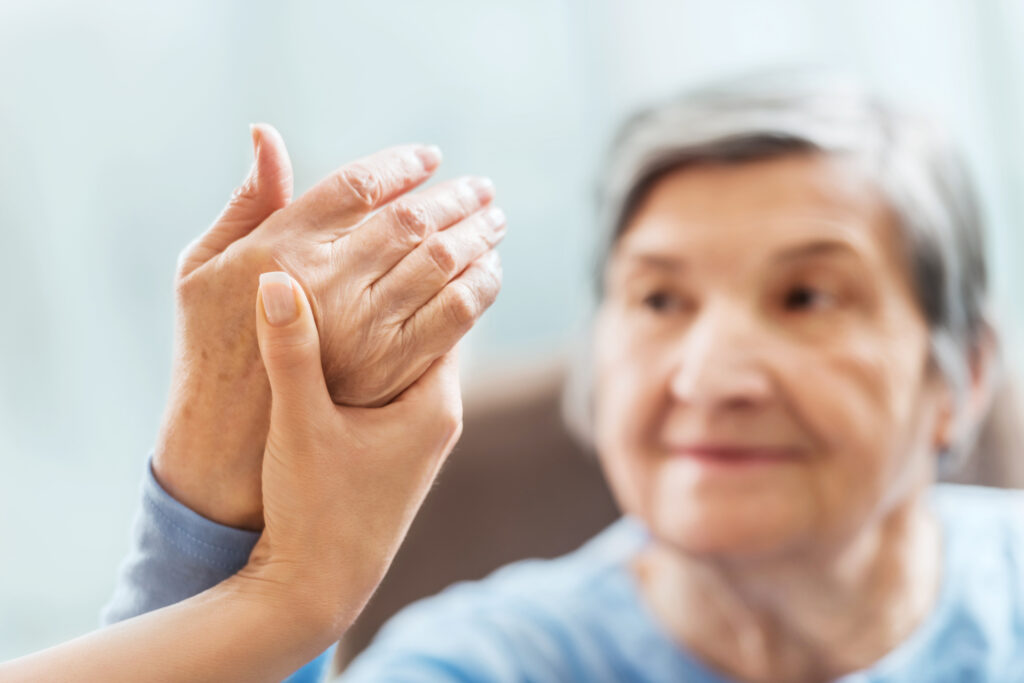Case of the Month
The Situation
It seems like the hype around cryotherapy has been all over the internet and media for the past few years, but as a health professional, where do you draw the line? In this case a physiotherapist owned a physiotherapy clinic that began offering full body cryotherapy to patients where they entered a cabin filled with nitrogen cooled air, reaching extremely low temperatures of approximately -166 degrees Celsius for two to three minutes. The clinic ran an ad in the local paper and distributed pamphlets to patients and the public to promote the new service. The materials indicated that cryotherapy is a recognized standard of care in Europe to treat a variety of conditions including rheumatoid arthritis, weight challenges and immunity deficiencies… even though no concrete, medical-based evidence was available to back up these claims. Furthermore, the materials included an array of alleged testimonials from celebrities and elite athletes.
Upon investigation, the College found that a number of patients visited the clinic for cryotherapy sessions but were never seen by a registered PT, given proper assessments or made aware of the risks of treatment. Additionally, the sessions were billed as physiotherapy even though the treatment wasn’t added to the plan of care by a registered physiotherapist, and no clinical basis or explanation for the treatment was made.
The Standards
The way in which the treatment was administered was problematic and goes against a number of College Standards.
- The PT never assessed the patient, so the patient didn’t actually receive physiotherapy care.
- Without being informed of the risks of treatment by a PT were the patients able to properly consent?
- Where the patient was assessed by the PT there was no clinical reasoning to support the use of cryotherapy.
- The FDA and Health Canada have issued warnings about the use of cryotherapy cabins.
The PT did not properly assess patients prior to treatment (if at all) nor supervise physiotherapy assistants who were administering the sessions. Finally, the PT wrongfully used their registration number to bill for treatments that did not qualify as physiotherapy, occasionally at the request of the patient.
Additionally, the materials distributed by the physiotherapist to patients and the public were in violation of the College’s Advertising Standard for a variety of reasons. Not only did the advertising materials contain information that was misleading to the public and could not be classified as true, accurate or verifiable, they also implied treatment results that could not be guaranteed and contained endorsements and testimonials.
The Outcome
A Committee at the College makes decisions about these cases. The Inquiries, Complaints and Reports Committee (made up of PTs and members of the public) will decide if the matter should be referred to the Discipline Committee for a public hearing or if some other action is reasonable.
Given the situation what do you think is a fair outcome? Comment with your recommendation from the options listed below.
a. The Committee should do nothing—there are no Standards that can be applied to this type of treatment. Cryotherapy is an evolving treatment, If patients are interested they should have the opportunity to experience it.
b. The PT should be forced to remove all the advertising related to the treatment – it is very misleading and the use of testimonials, endorsements and guarantees is not fair to other physiotherapists.
c. The PT should be suspended for violating a number of College Standards, most importantly inappropriate billing practices and not meeting their professional duties while working with PTAs.
d. This is serious and grounds for license revocation.










Share Your Thoughts